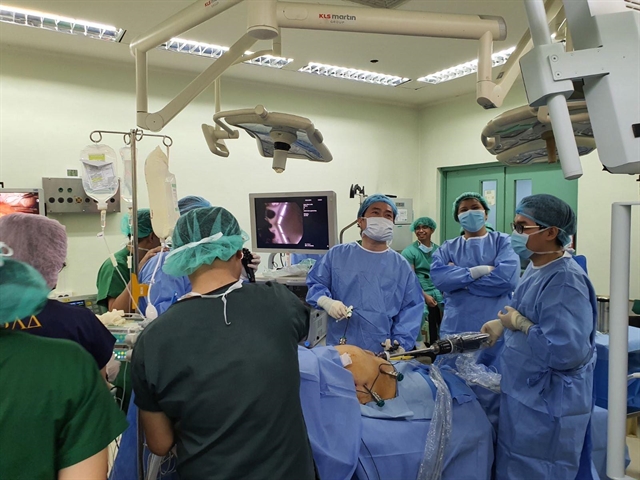
As business of running a clinical practice becomes a lot more competitive, several techniques are relying on a third-party medical payment service for affordable remedies to maintain maximum earnings. In evaluating any clinical invoicing solution contract there is an array of aspects that should be considered – pricing of services is primary among them.
This article contrasts the two most typical pricing strategies supplied by clinical payment services – Portion Based Contracts as well as Flat Charge per Claim – and also identifies some of crucial points to keep in mind when picking a clinical billing company.
Portion Based Contracts:
Probably one of the most typical strategy to rates by clinical billing services is the portion based contract. In this kind of contract, the medical billing solution’s charges to the method are based on a percentage, generally in one form or another of the following:
Percentage of collections,
Percentage of gross insurance claims submitted by the payment solution,
Portion of overall collections for the overall technique.
With the first type above, portion of collections, the clinical payment firm bills the technique just on net obtained for those claims in which it has straight assisted in collections (generally omitting monies collected at the office, such as co-pays, deductibles, and so on). This is the purest example of how a percent based contract will certainly tie the clinical billing solution’s success to the technique while securely limiting it to that which they have some measurable capability to influence.
This type of percentage based agreement benefits the practice by its “self-policing” top quality- the medical billing solution only generates income when the practice generates income.
In our 2nd kind, portion of gross insurance claims sent by the invoicing solution, the technique is charged a percentage of the overall amount submitted to insurance companies and other payers. This can be tricky for two reasons. First, the price billed to an insurer is not always the like the discussed rate that will be paid.

So a seemingly competitive portion from one clinical invoicing solution can be considerably different from an additional clinical payment service depending on where the portion is used. Second, some of the reward discussed over is removed for act on cases as there is no linkup to the results of medical invoicing service’s submissions.
With a percentage of the overall collections for the general practice, the billing service charges for the overall internet obtained by the practice. It consists of co-pays, deductibles, as well as any other monies gathered at the workplace, not just by the service. Learn more information on medical billing career in this article.
This arrangement is most commonly discovered with full-scale method administration companies that not only manage clinical payment however could also provide staffing, scheduling, marketing, charge timetable negotiations, etc. In this arrangement, the clinical payment solution can be driven by motivation to follow up on insurance claims with payers, but gains some defense to its incomes with the various other resources of settlement entering into the technique.
Rate Variability within Percent Arrangements:
A clinical billing company will take into consideration several variables in defining the price credited the technique in a percentage based contract. Rates can vary from as low as 4% to as high as 14% or perhaps 16%! Aspects affecting this variability include insurance claim quantity and average dollar amount of cases, as well as solution factors to consider like level of follow up executed by the clinical invoicing firm, whether or not client billings will certainly be sent out by the billing company, and also lots of others. Let’s take a look at some examples of just how these variables influence medical payment service prices.
